Karen Tay, Singapore's Smart Nation director, was recently in Washington D.C. to run a workshop for the World Bank on how to develop “smart cities." She says: “'Smart cities' is honestly a buzzword... when I get invited to speak, most people expect me to start with cool tech like AR, VR, AI, modeling and simulation, blockchain and the like. The fact is that cities are complex ecosystems with very established ways of operating. If we want to disrupt them with technology in a way that benefits the masses (i.e. not just the upper middle class), we need dedicated work from the ground-up, coupled with political commitment." Karen Tay's five tips for smart city efforts come from conversations and projects with smart city leaders around the world.






 Your new post is loading...
Your new post is loading...





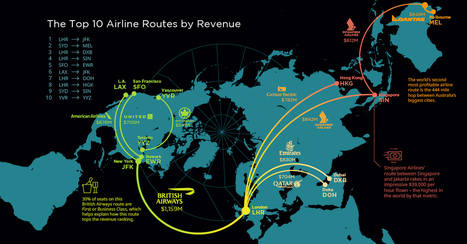
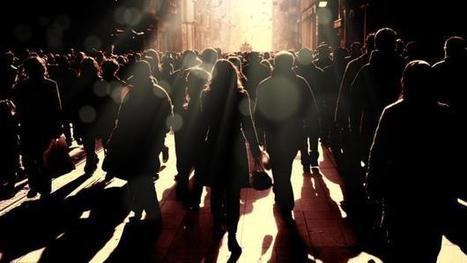
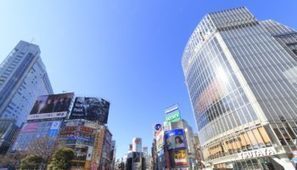
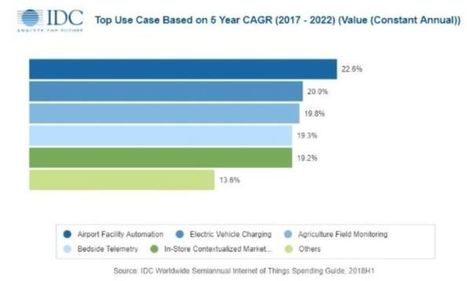
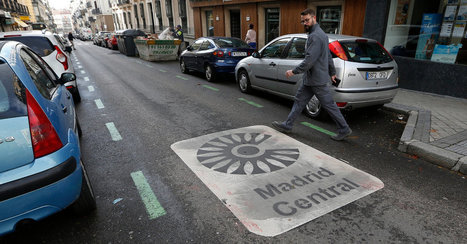
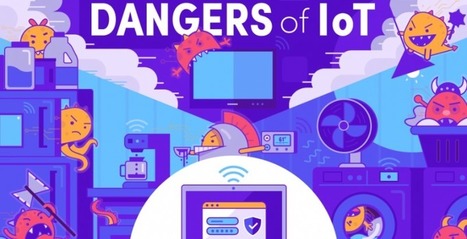




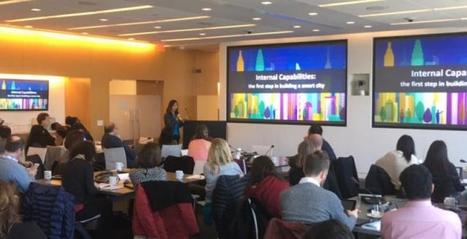




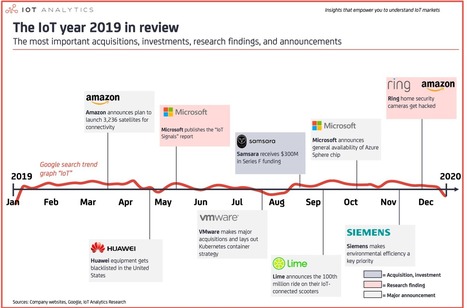
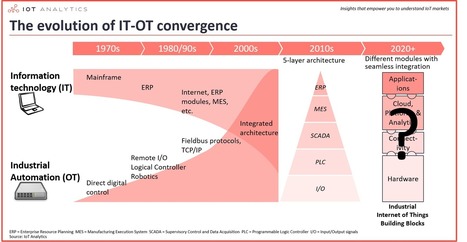

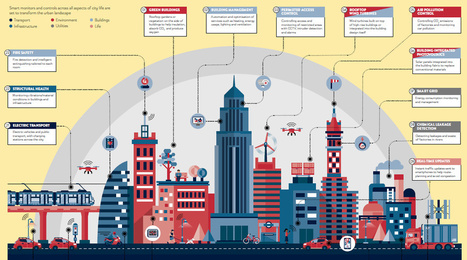

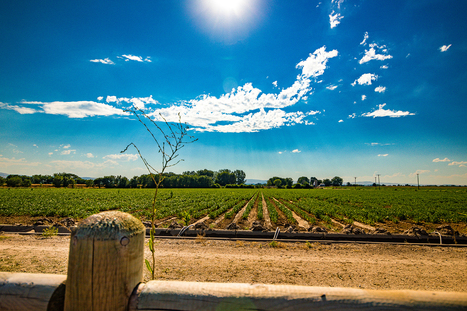
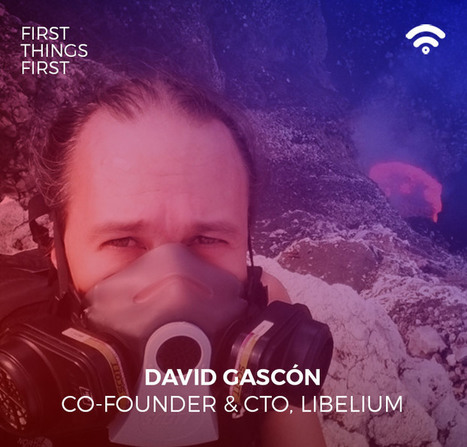


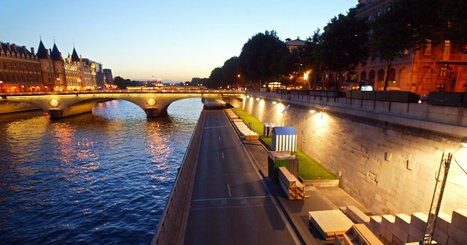








By contrast, none of the places where sprawl increased most between 2010 and 2016 — Austin, San Antonio, Houston and Oklahoma City — had been especially urban even in 2010.
The metro areas that are becoming more dense include two, New York and Washington, that are home to the media outlets where much of the writing about cities appears.
Furthermore, metro areas that are urbanizing have more than their fair share of urban planners, including Seattle, Minneapolis, Washington and Boston.
Those who write about, advocate for and choose to live in cities really do see more urbanization around them. But their cities are the exceptions.
Most large metro areas, including the fastest-growing ones, as well as America over all, are increasingly suburban.